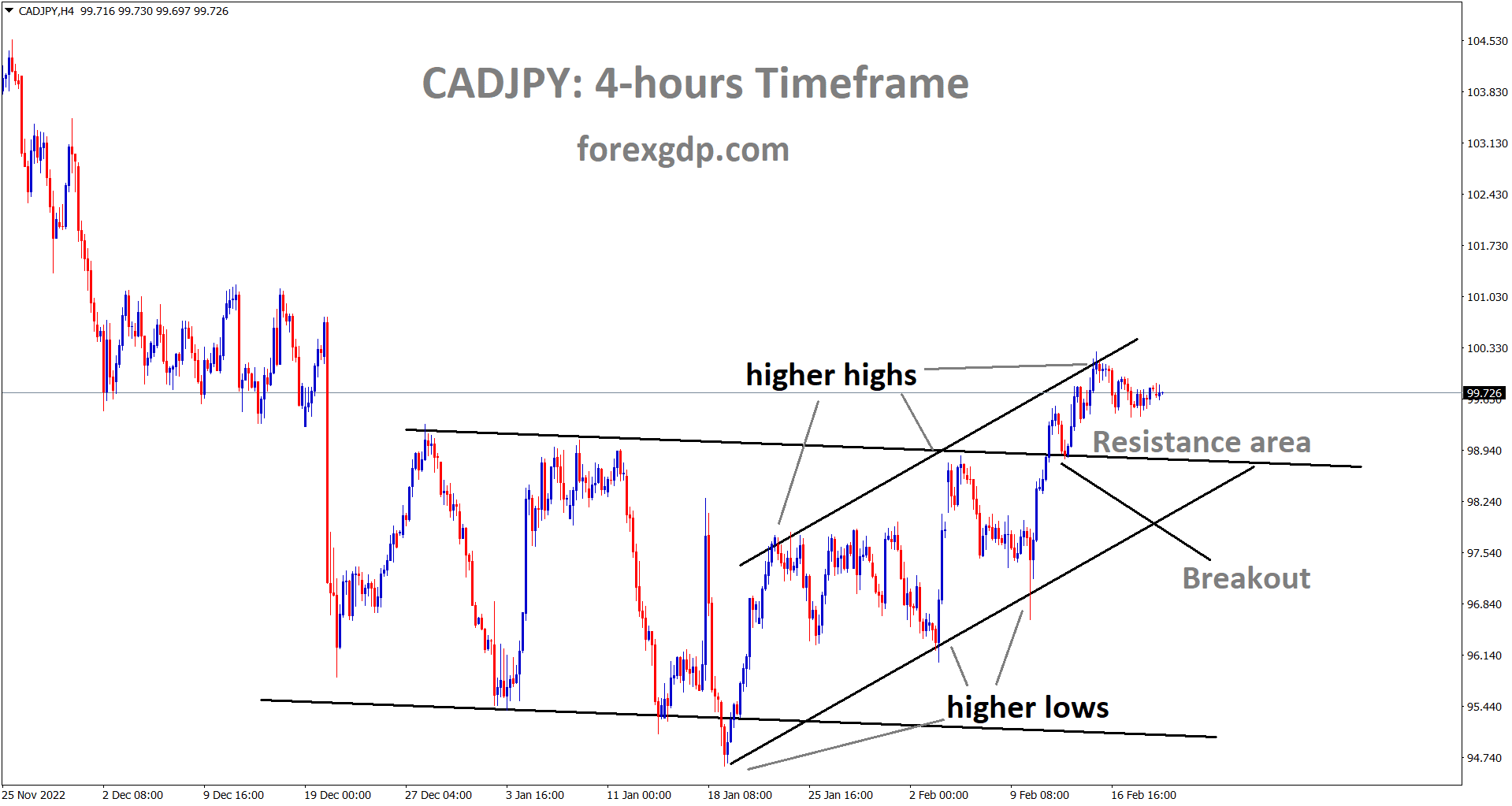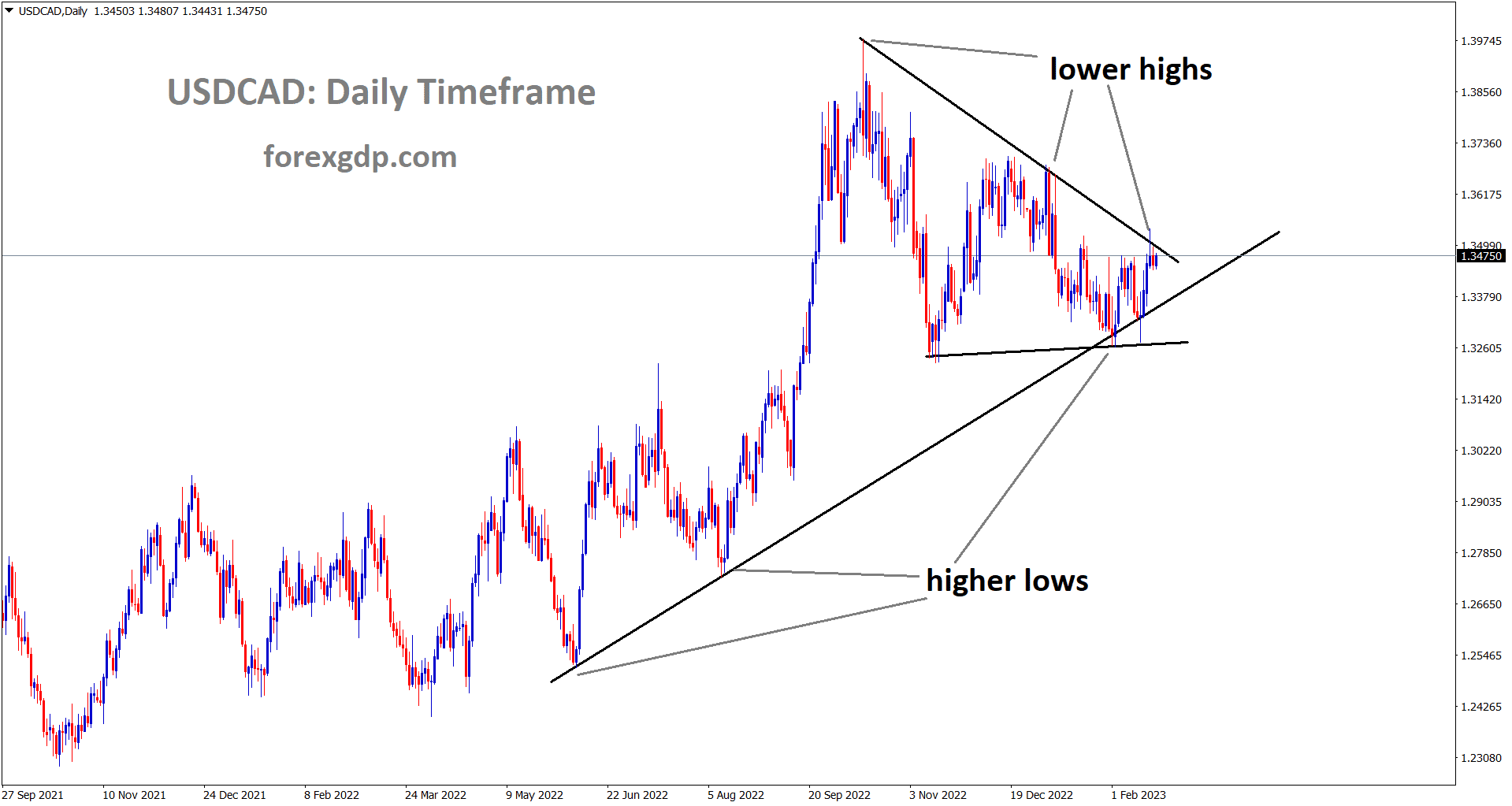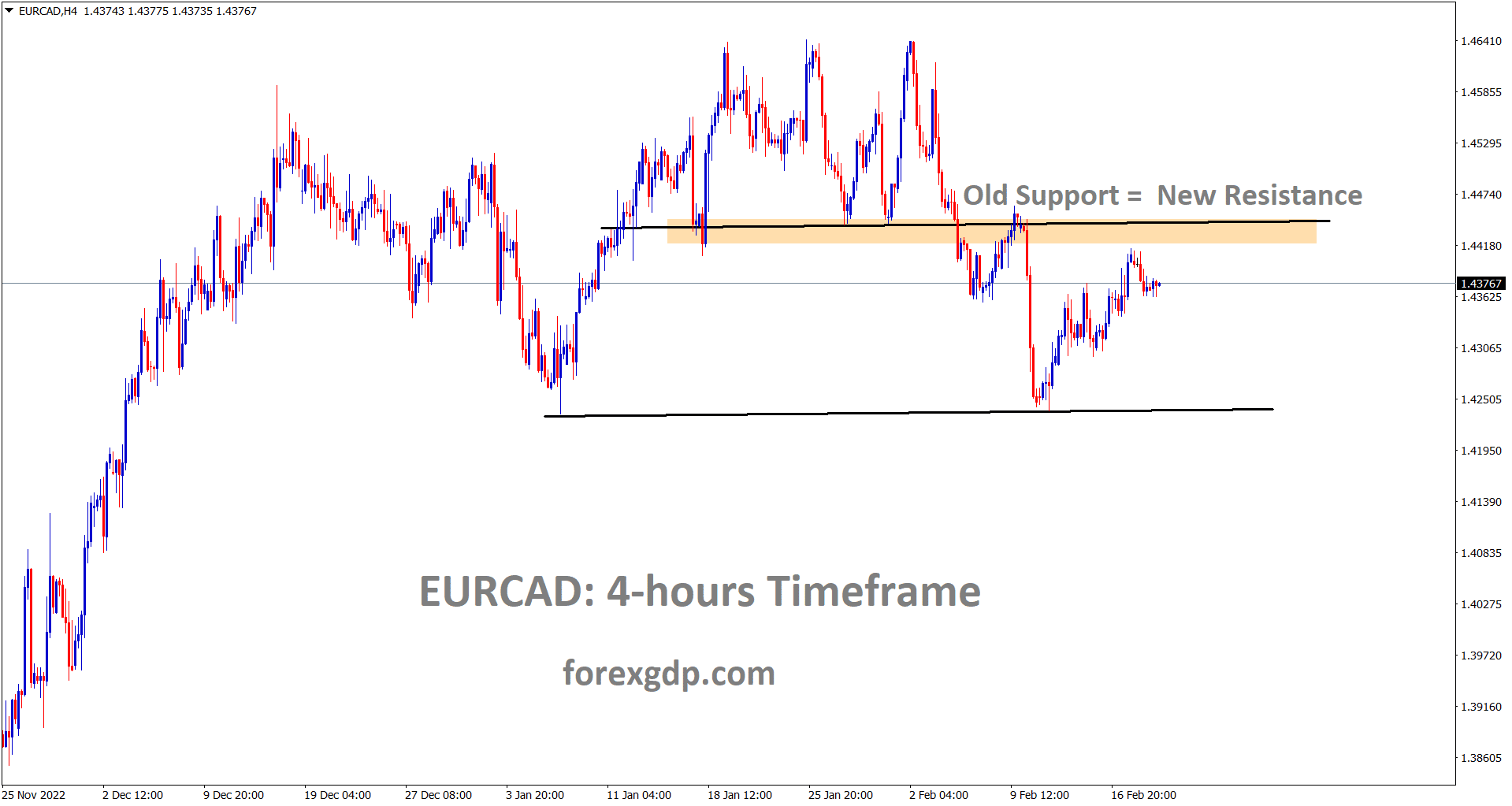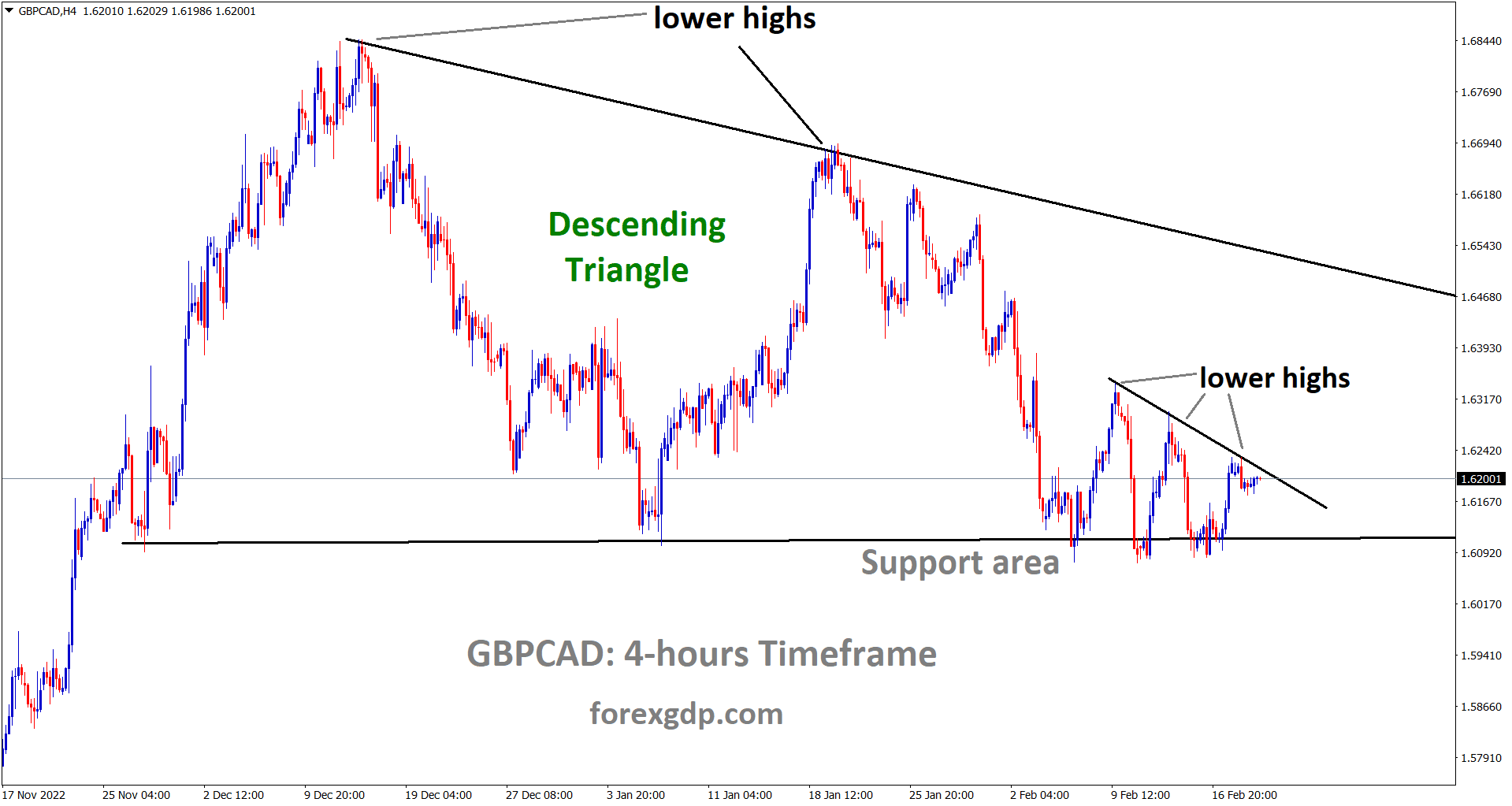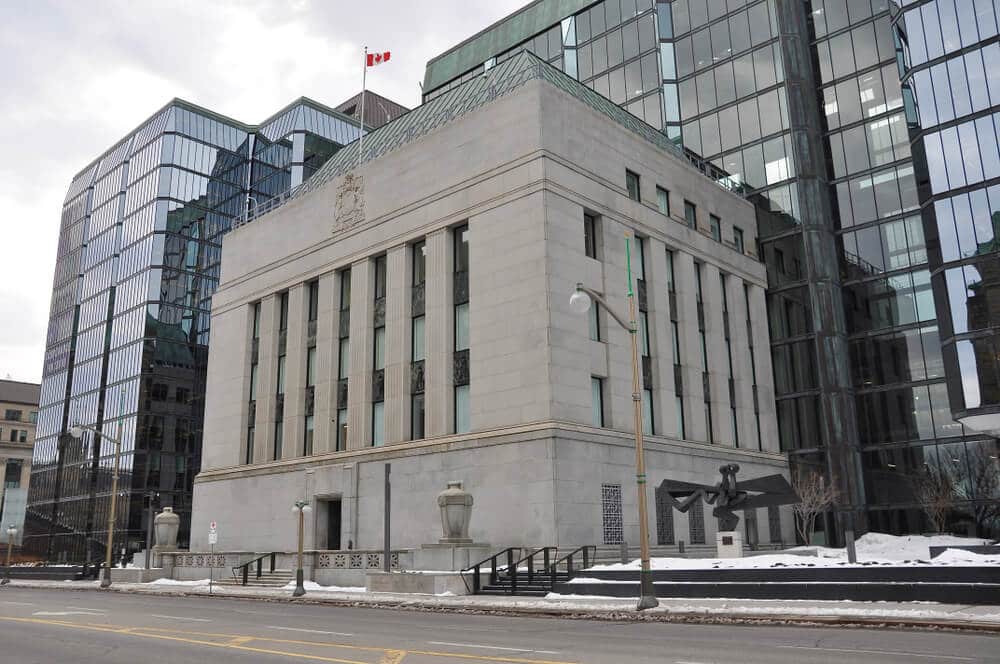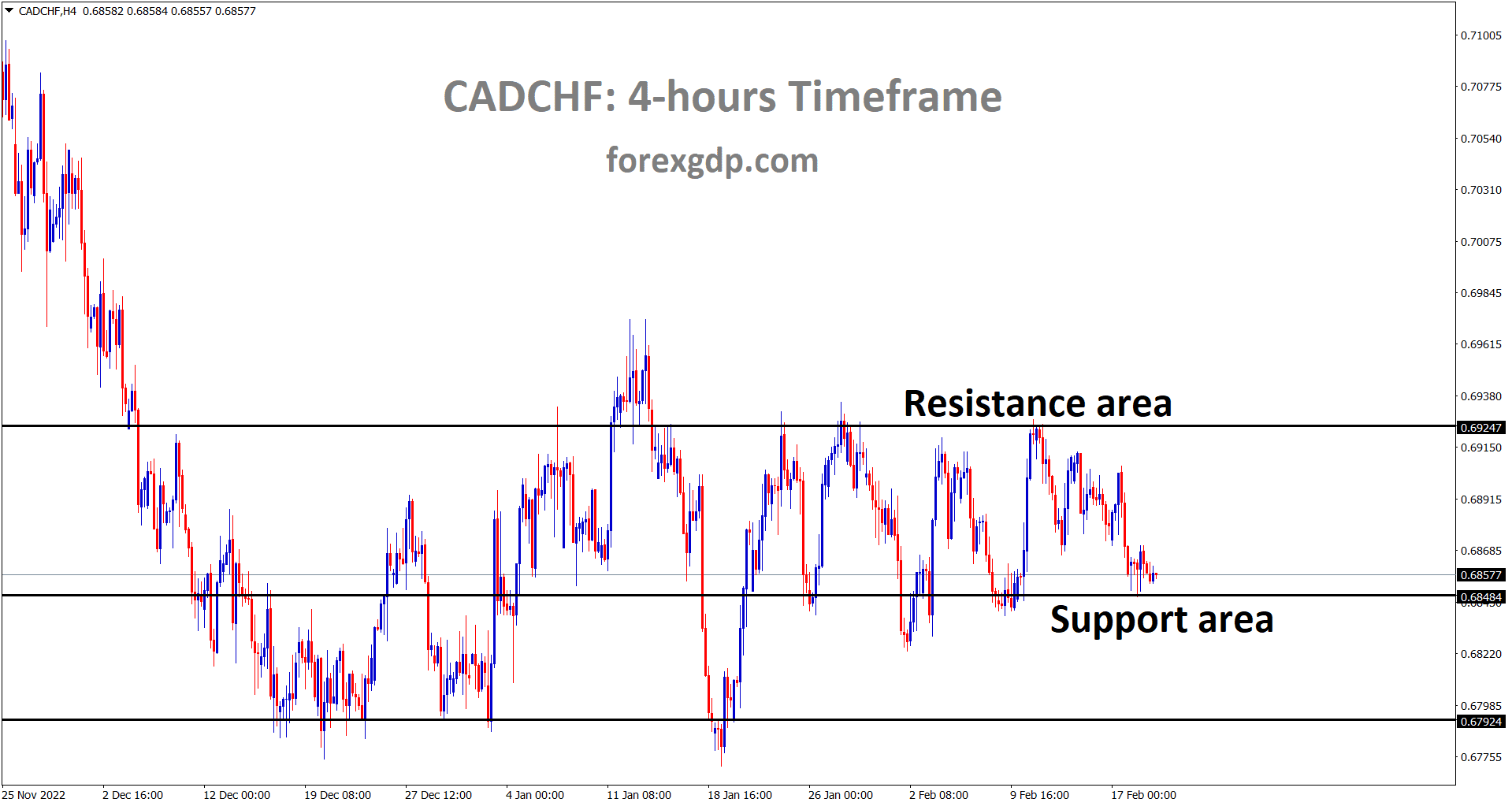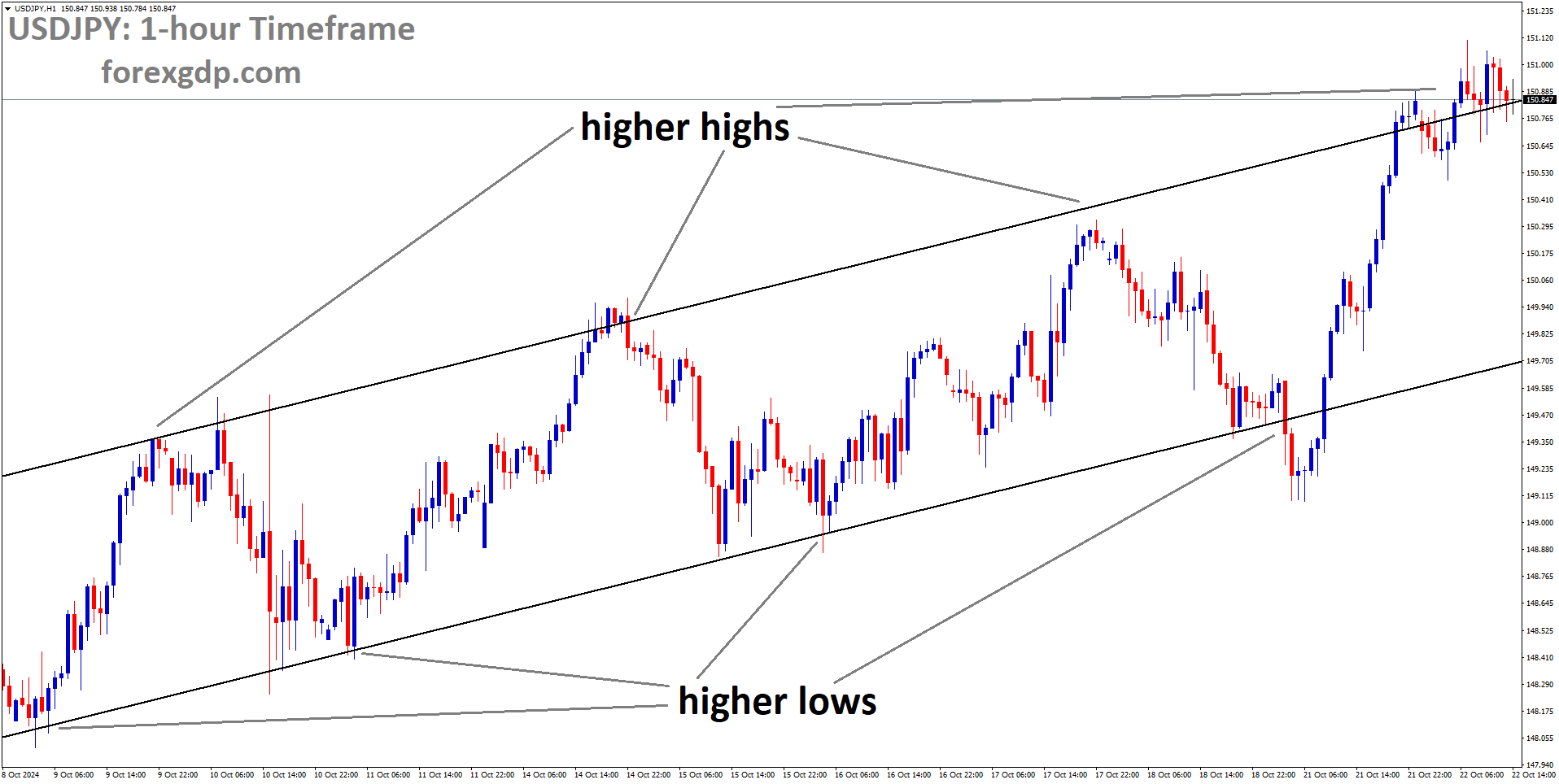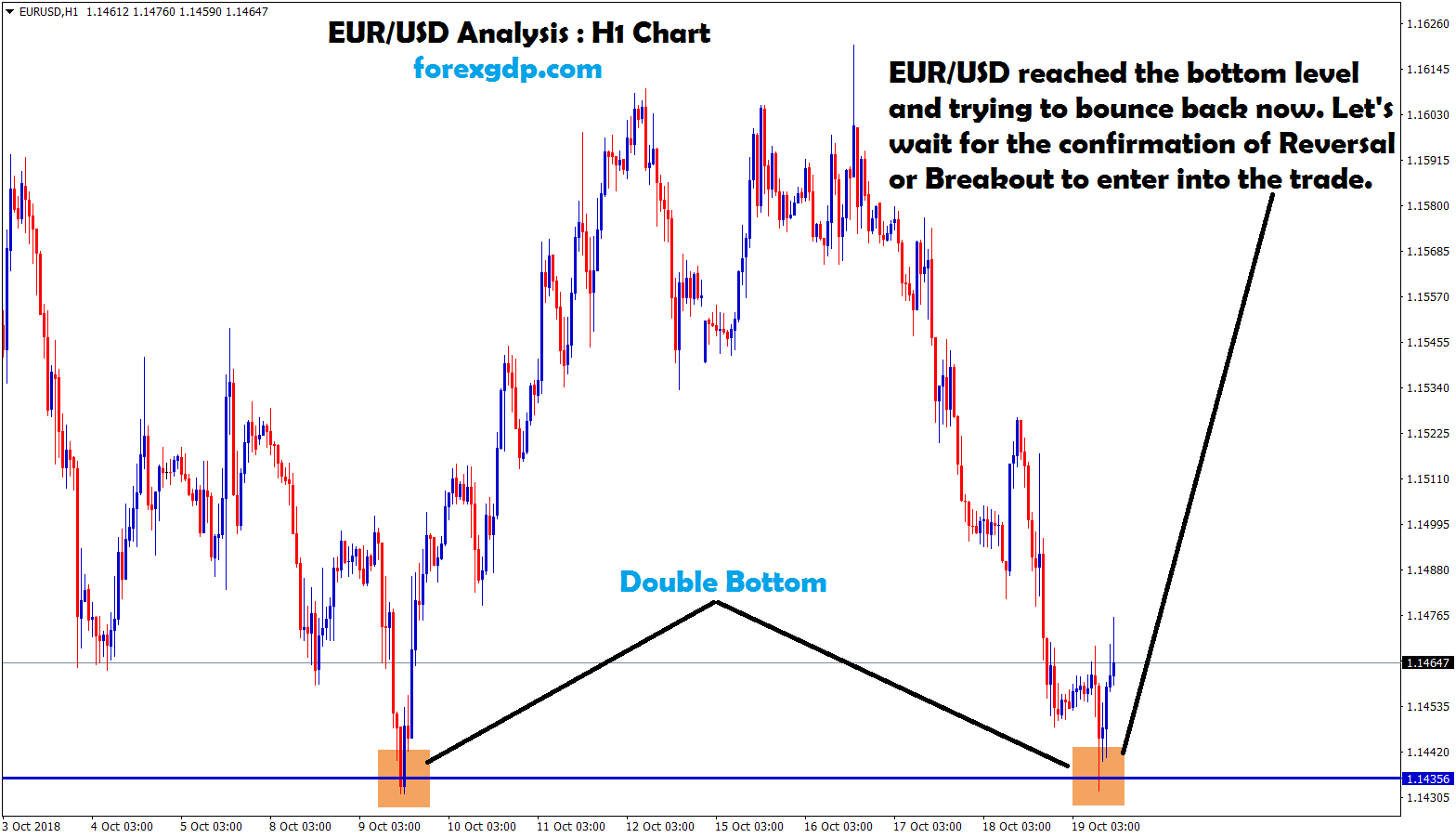CADJPY is moving in an ascending channel breaking the horizontal resistance.
The Consumer Price Index (CPI) in Canada reportedly increased by 0.7% from the previous month to January, bringing the annual rate to 6.1% from 6.3% earlier. This is a slight but welcome improvement in the direction of the trend. A reading that is either in line with or below the expectation should be bad for the Canadian dollar.
Still, an upside surprise would offer some support inasmuch as the outcome might encourage markets to discount additional raises from the Bank of Canada. Why would a higher-than-expected reading on the CPI only result in a minor improvement for the Canadian dollar?

Because the market is now focused more on the United States side of the equation amid rising betting that the United States central bank’s terminal rate would settle higher than first anticipated in reaction to persistent inflation. At this point, considerations regarding the Fed’s roadmap primarily influence sentiment.
Canada Oil Data
On Monday, the chief executive officer of Cenovus Energy stated that tension between the federal government and the Alberta government was making it impossible to engage in serious negotiations on funding the carbon capture and storage technology that is required to decarbonize the oil and gas sector.
USDCAD rebounding from the higher low area of uptrend line and reached the high of the minor falling wedge pattern in the daily timeframe chart.
Alex Pourbaix, CEO of Cenovus, was speaking on behalf of the Pathways Alliance, which is a partnership amongst the six main oil sand producers in Canada that aims to achieve net-zero emissions by the year 2050. It has a proposal to create a CCS center in the northern part of Alberta, and the total cost is projected to reach $16.5 billion by the year 2030.
The organization desires that 66 percent of that total, or approximately 10.9 billion Canadian dollars, be funded by public funds. They claim that support from the government would hasten the process of decarbonization and assist in the development of a clean technology industry in Canada that is competitive.
The oil sands of Alberta are the primary contributor to Canada’s position as the fourth-largest producer of crude oil in the world. In order for Canada to meet the climate promises it has made, the oil and gas industry, which is the most polluting sector in the country, will need to undergo significant emission reductions.
Canada Employment Data
In recent months, Canada’s economy has been hit by a steady stream of layoffs at companies from the tech sector and beyond. At the same time, many employers have been bemoaning a shortage of workers. However, neither of these factors appears to have a significant impact on the job numbers in the country.
EURCAD is trying to retest the old support which act as a new resistance.
According to the most recent labor force survey conducted by Statistics Canada, which was released on Friday, the country’s unemployment rate remained unchanged in January at five percent, which is just above the record low of 4.9 percent that was reached in the summer.
This comes as the country added a staggering 150,000 jobs. In direct opposition to the estimates that predicted the increased cost of borrowing would severely slow down the economy this year and cause employment level instability, around 326,000 new positions have been created since September alone.
Sherry Cooper, the chief economist of Dominion Lending Centre, stated in a letter to investors that the 150,000 new employment reported in January was 10 times higher than what was projected, and most of those jobs were full-time.
BOC Beaudry Speech
The Deputy Governor of the Bank of Canada, Paul Beaudry, recently gave a speech where he explained why the 2% target remains the centerpiece of the Bank of Canada’s inflation-targeting framework. He reveals, “The Bank is fully committed to returning inflation to the 2% target. For three decades, this target has served Canadians well. And since it represents a sweet spot on the inflation spectrum, it remains the centerpiece of the Bank’s inflation-targeting framework. Keeping inflation stable and predictable at that low level is the best contribution monetary policy can make to the economic and financial well-being of Canadians.”
GBPCAD formed a descending triangle in both smaller and bigger view.
“Domestic cost pressures tend to appear when the economy is in excess demand, that is, when firms face levels of demand beyond what they’re able to supply on a sustainable basis. As firms strain to meet that excess demand, they increase their prices and bid up wages and the prices of other inputs as they compete with other firms for workers and materials.
And since the goods produced by one firm are often inputs for other firms, this can lead to a second round of effects that further broaden and amplify domestic cost pressures. But another key force affecting inflation is what firms expect to happen. These expectations matter because firms know that customers will ultimately judge firms’ prices in relative terms, that is, relative to the prices of other goods and services trading in the broader economy.”
Canada Exports
The reduction in Canada’s merchandise exports in December was mostly attributable to fewer shipments of energy-related goods. During this time, imports fell by 1.3%, which was mostly due to a decrease in the importation of consumer products. As a direct consequence, the imbalance in Canada’s merchandise trade with the rest of the world shrunk from $219 million in November to $160 million in December.
CADCHF is moving between the support and resistance areas.
These modest improvements to the monthly totals of imports and exports are within the normal margin of error for monthly adjustments. In December, there was a decrease of 4.5% in the value of exports to nations other than the United States. The biggest drops in revenue came from decreased exports to China and the United Kingdom.
The gap in Canada’s trade with nations other than the United States shrank from $7.3 billion in November to $7.1 billion in December, a reduction of $1.4 billion. In December, exports to the United States witnessed a little decrease of 0.1%, while imports saw a slight increase of 0.2%. As a direct consequence, the surplus in merchandise trade with the United States shrunk for the seventh month in a row, falling from $7.1 billion in November to $7.0 billion in December.
Don’t trade all the time, trade forex only at the confirmed trade setups.
🎁 80% OFFER for forex signals Going to END SOON and price going to increase😮 Get this offer now: forexgdp.com/offer/

